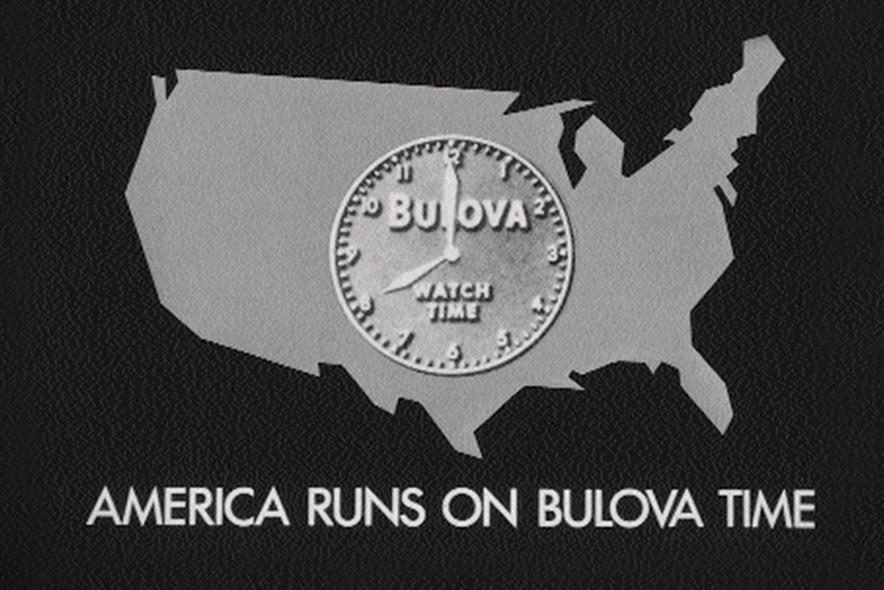The first ever TV ad could not have a less complicated structure. It was a very simple, short spot that essentially combined basic styling, visible branding of the product promoted and a short voiceover delivered by a WTCN announcer. At that time, the New York station was already part of the broad portfolio of the all-American NBC. The first ad heralded an unprecedented development that we are still witnessing today and fulfilled all the expectations that both the client and the broadcaster had hoped for. It was ridiculously cheap, attracted viewers’ attention to an entirely new format and conveyed a clear message. And it did so at a lucrative time of the programming schedule, which became globally the most sought-after place for ad messages in the following decades.
THE FORBIDDEN FRUIT IS USUALLY THE SWEETEST
It should be pointed out that America had experience with marketing and advertising before the pivotal year of 1941. It applies twice as much to NBC, which had been playing with various experimental advertising formats long before. The Federal Communications Commission (FCC), which is the main TV market regulator in the US, was not too enthusiastic about the attempts. It often made censorship interventions, and high fines were no exception. For example, when W1XAV operating in Lexington, Massachusetts, tried to sneak an ad in its broadcasting in 1930, FCC took strong action and imposed a penalty on the broadcaster.
NBC tried to avoid the ban on TV advertising in a similar way, sticking to the modus operandi known from the then radio broadcasting. It is not surprising that the predecessors of genuine advertisements were commercial messages delivered by TV announcers who usually promoted products of sponsors of the relevant stations. In 1939, viewers could witness rather surprising moments when a TV announcer suddenly started offering them, for example, drug store goods provided by Procter & Gamble or food products manufactured by General Mills. The breakthrough, after which TV advertising enriched its sound aspect with the visual one, came in 1941 - in the moment when FCC issued the first ten commercial licences for broadcasters.
SURPRISING CZECH FOOTPRINT
All new licence holders had the same opportunity to use the first day for their frontal attack when advertising was no longer forbidden. Yet only one of them did so. On 1 July 1941, the New York-based WTCN put on the schedule a highly anticipated baseball game between the home team Brooklyn Dodgers and the visiting Philadelphia Phillies. It was expected that the game would be watched by several thousand inhabitants of the city in the East coast of the United States. The spot was incorporated into the broadcast quite naturally and organically thanks to the client and its business.
At this point of the story, we can find a surprising Czech footprint. The spot was ordered by Bulova Watch Co. producing watches that were very popular among New Yorkers. The company was established by a Czech immigrant, Josef Bulova, in 1875. The company has been producing watches successfully to date, since 2007 under the umbrella of the Japanese company Citizen.
What exactly did Bulova want to tell to baseball fans in New York? Basically just what time it was and that it was time for the game, adding that “America runs on Bulova time”. Nothing more, nothing less. The short spot was a visualisation of a map of the USA (without Alaska and Hawaii back then) with a clock face and the words “Bulova” and “Watch Time” in its centre. Viewers were invited to watch the sports event while the second hand was ticking. A voiceover done by an NBC announcer provided the information about the exact time. After about nine seconds it was over and the game could start.
BIG BANG FOR THE BUCK
The whole thing was - even at today’s prices - ridiculously cheap. According to Ad Age, Bulova paid 9 dollars for the ad and its placement. Four dollars out of the total amount went to airtime charges, the remaining five were paid to settle station fees. Let us look at how much advertisers pay today for ad placements before the start of a keenly-awaited sports event.
In the 21st century, the average prices of airtime range around 8 thousand dollars, which is about CZK 175 thousand. The most expensive TV ad placement is the annual celebration of American football - the massively anticipated Super Bowl - where a 30-second spot costs 5 million dollars. The price that seems to be high at first sight does not discourage advertisers because they know that the high price will bring them high benefits. TV advertising still remains the most effective way for brands to communicate with customers and the return on investment (ROI) for TV continues to be very high.
WTNC and Bulova made an indelible mark in TV history. It took an additional 14 years for the TV advertising phenomenon to get to Europe. In 1955, an advertisement for Gibbs SR toothpaste appeared on ITV, the first commercial channel and competitor for the BBC in the United Kingdom. Its footage is unusually long by today’s standards but otherwise, it resembles contemporary TV ads in many ways. After all, judge for yourself:

